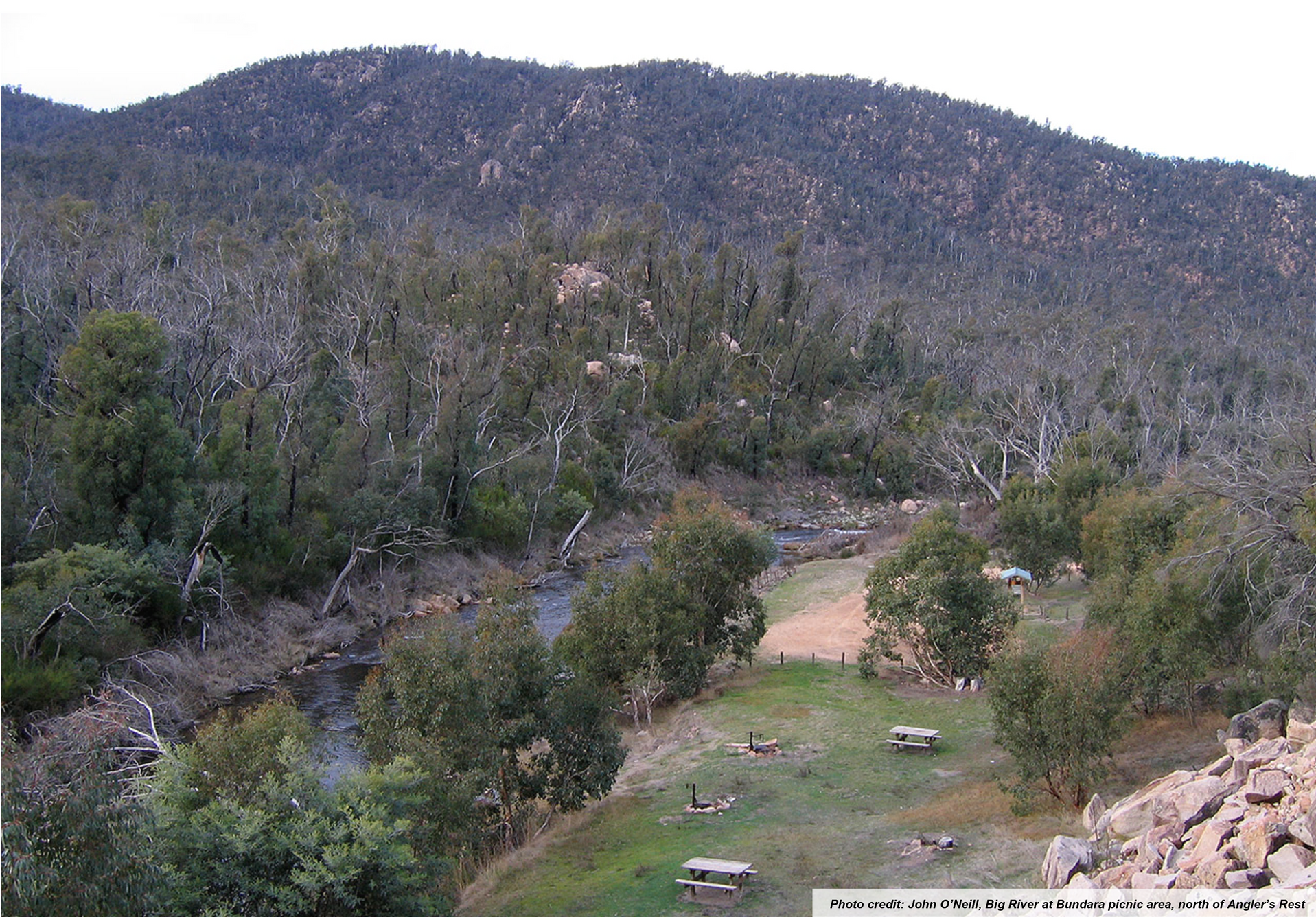Disaster recovery is personal for each community


Just as emergencies don’t respect Local Government Area boundaries, state borders or run between the hours of 9 and 5, community recovery following an emergency event doesn’t neatly follow state reporting timeframes, observe financial years or other similar expectations that enable our State to budget, plan and function.
Community recovery is not chaotic, but it is personal to each community. This is especially the case when emergency events aren’t actually isolated events. Emergency events may occur following years of extreme dryness and may be closely followed by localised storm events and, in recent times, a public health emergency, which required restrictions that impacted perhaps the most important factor for building community resilience – social connection.
It is in this context that I am super proud of the communities of the Omeo Region. These communities are already ‘resilient’ in ways their metro community cousins cannot fathom. Managing power outages, communication tower outages, road blockages and the general disruption of services are the known trade-offs for living in some of the most beautiful and remote countryside Victoria has to offer. Local community members understand both the benefits and risks of living in this remote area and have planned accordingly.
In addition to building upon their natural community strengths, over the past 12 months, the communities of the Omeo Region have developed their Disaster Resilience Plan and seven individual Community Emergency Plans for the local areas of Anglers Rest, Benambra, Cobungra, Ensay, Omeo, Swifts Creek and Tambo Crossing. Yes, there are common themes that impact the communities of the Omeo Region during an emergency event, especially a long-running event like the 2019-20 fires. During the 2019-20 fires, there was extraordinarily hot weather and months of living with smoke in the air. Common experiences across the region while fighting the fires included power outages which impacted many things, including refrigeration and air conditioning, but also telecommunication tower outages which impacted the ability to communicate with each other, access websites and receive and share public information. Road closures limited the ability access to goods and services and check in on one another. The way these challenges impact each local area and their capacity to manage those challenges was and will always be different. That is why each community has its own community emergency plan.
Engaging with the communities and developing the overarching plan and individual plans was the initiative of the Omeo Region Community Recovery Association (ORCRA), and was supported by the East Gippsland Shire Council and Emergency Recovery Victoria (formerly Bushfire Recovery Victoria (BRV)). We’d love to hear what other communities are doing in their resilience planning. And likewise, following the current riverine flood response, because whether the uniform is donned or not, communities are our first responders. If there are any templates or methodologies that can be shared, we hope that other communities can build upon the solid work of the Omeo Region.
Link to community plans: https://ourrecovery.com.au/omeo-region/resilience-planning


